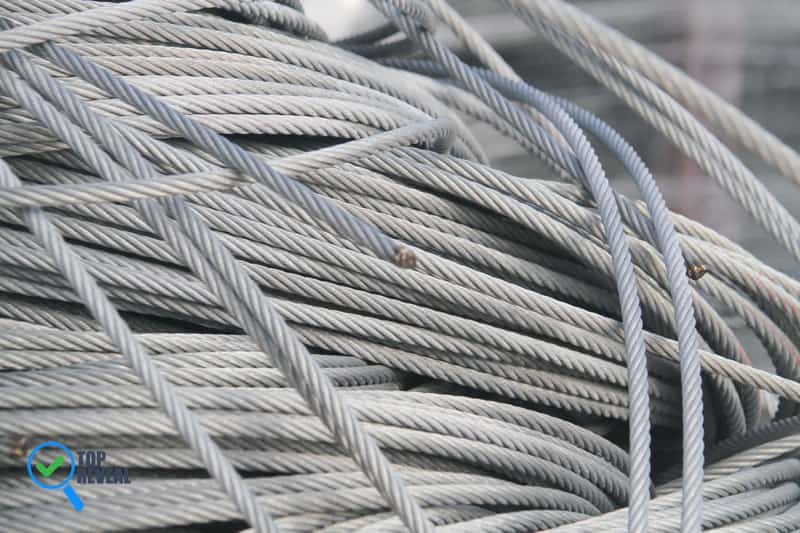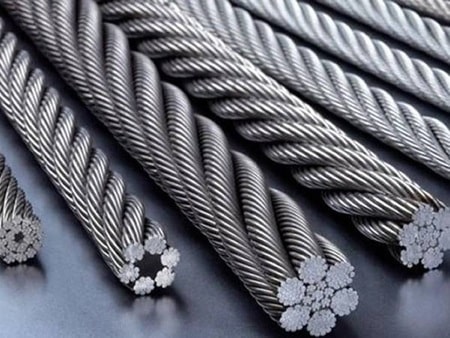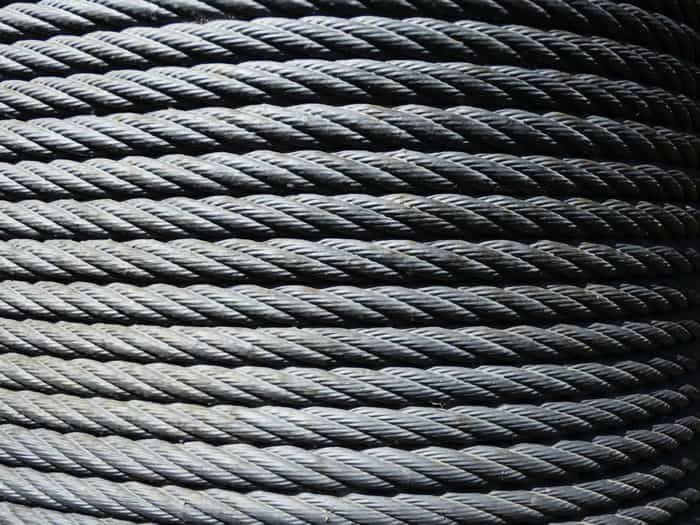When a machine is mentioned, most people assume it is a device with gears, belts, shafts, cams, and various whirring components. There are different kinds of machines and some of them are complex. Usually, a complex mechanical device may have numerous moving parts that work together to support and convey a load or an object.
One of the complex machines or tools you can find in an industry is a wire rope. A wire rope is made up of several strands of metals that have been twisted into a helical structure to form a composite rope.
In the lifting and rigging industry, a wire rope is connected to cranes or lifts and equipped with swivels, hooks, or shackles to connect to a load and convey it in a controlled manner. It is also used to raise and lower elevators, as well as to provide support for bridges and towers. Choosing the right one for your lifting application can be a bit difficult especially if you do not know how to go about it. However, if you need assistance, you can visit: https://whscottlifting.com/products/wire-rope/ to get a detailed guide.
Components of a Wire Rope
Contents
A finished wire rope’s design is comprised of four basic components:
Wires
This is the smallest part of a wire rope and constitutes the independent strands of the cable. Steel, stainless steel, iron, and bronze are some of the metals that can be used to make wires. They can be manufactured in different grades that correspond to the wire rope’s strength, fatigue resistance, resistance to wear, corrosion resistance, and curve.
Strands
These are made up of two or more wires that have been twisted and arranged in a specific pattern. The individual strand is then wrapped around the core of the cable in a helical pattern. Strands made from bigger diameter wires are much more extremely durable, whereas those made from relatively small diameter are more flexible.
The Core
The core runs through the center of the rope, supporting the strands and assisting in maintaining their relative position under bending and loading stresses. Natural or synthetic fibers, as well as steel, can be used to make cores.
Lubrication
During the manufacturing process, a lubricant is applied and it penetrates to the central core. There are two primary advantages to lubricating wire ropes. It minimizes friction as individual strands and wires move over each other. It also protects against corrosion and lubricates the core within the wires and the outside surface.
Factors to Consider When Choosing a Wire Rope
Here are some factors to consider:
Strength
The strength is typically measured in tons. It is shown as the minimum breaking force. The term “minimum breaking force” refers to calculated strength figures recognized by the cable industrial sector.
A new rope should always break at a figure considerably higher than the minimum breaking force demonstrated for it when tensioned on a testing machine. Ropes should never be used at or close to their minimum breaking force.
Crushing Resistance
This is the outcome of an external force on a wire that ruins it by changing its cross-sectional form, core, or strands. The tendency to endure or withstand external forces is referred to as crushing resistance.
When ropes are crushed, the core, wires, and strands are unable to move and adjust properly in operation. Always go for those that are crush-resistant.
Fatigue Resistance
Ropes are susceptible to metal fatigue from bending stress while in use, and as a result, their strength decreases gradually as they are used. Wires need to be able to bend continually under pressure in order to have high fatigue resistance. The use of several wires in a design results in increased fatigue resistance.
Stability
The term “stability” is frequently used to describe the handling and working properties. Ropes are said to be stable if they spool efficiently on and off a drum and do not tend to tangle.
Ability to Bend
The capacity of ropes to easily bend in an arc is referred to as bendability. Some cable structures are more pliable than others by nature. Smaller ropes can be bent easily than larger ones. Those consisting of several wires are generally more bendable than those made of fewer wires of the same size.
These are some helpful tips to guide you in choosing the right machine. If you need a visual guide on how a wire rope is made, you can watch this video.
Conclusion
A wire rope is a preferred lifting device for most industries. It is strong, flexible, and can withstand bending pressure. In this article, we have outlined the various components of a wire rope and the basic features to consider when choosing one. This will assist you in selecting the highest quality wire rope for any job in terms of performance and durability.


